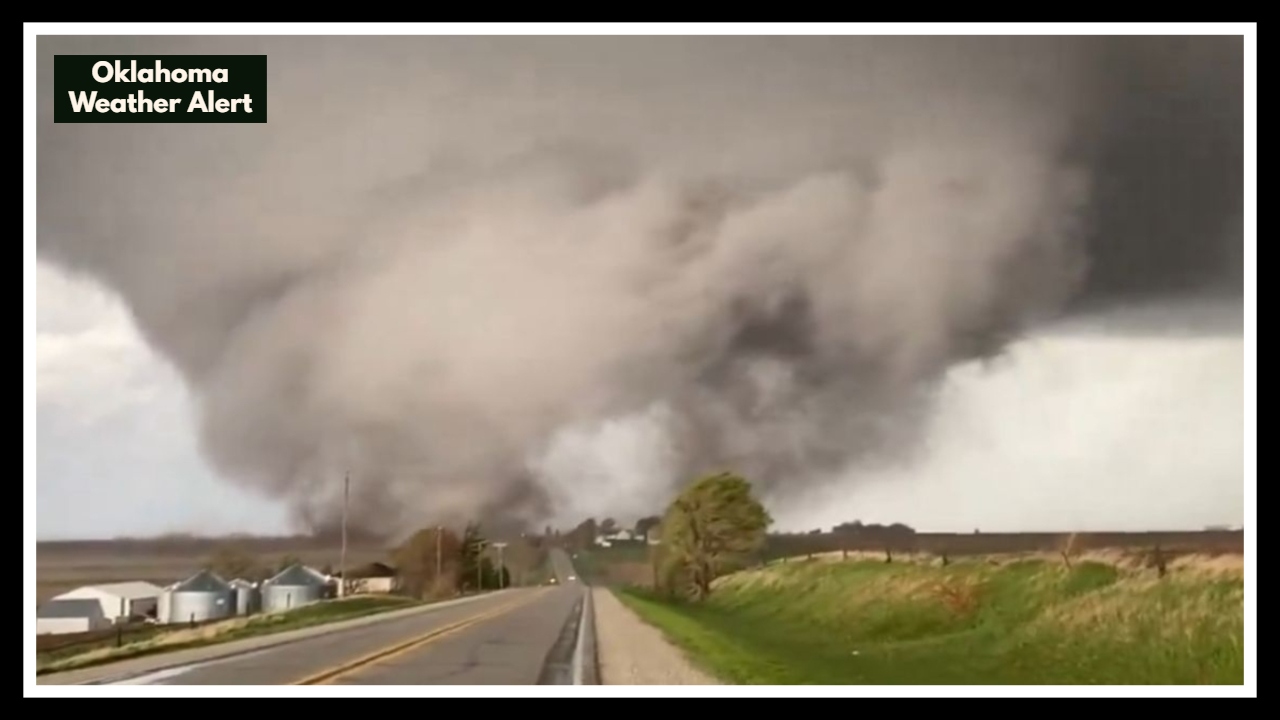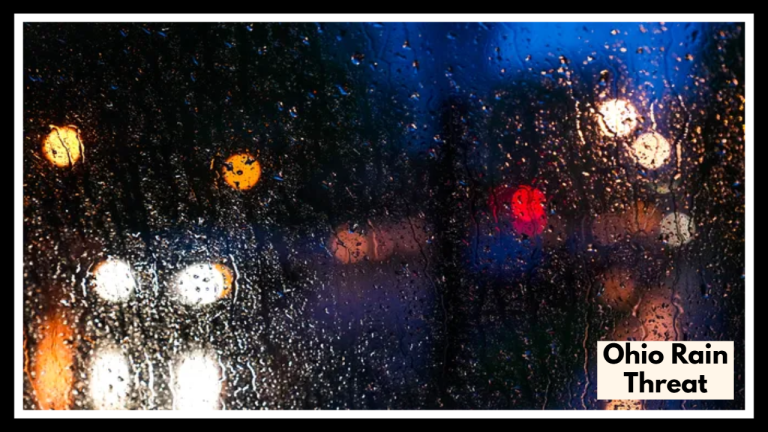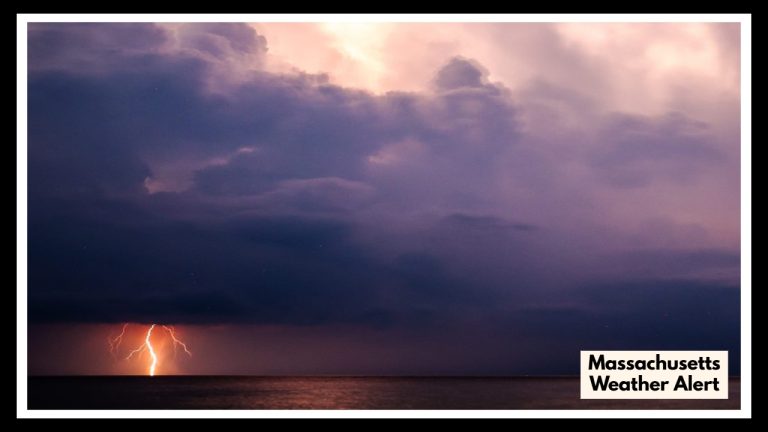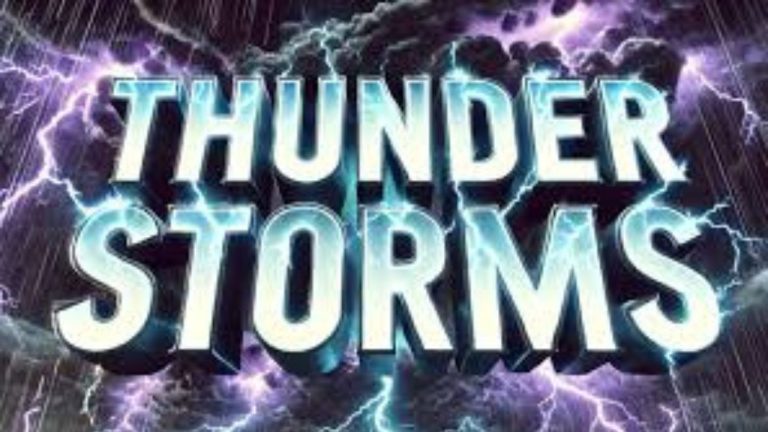Oklahoma Weather Alert: Why This Storm May Be Worse Than Last Week’s Tornado Outbreak
An Oklahoma Weather Alert is in effect as the Tulsa area prepares for a stretch of intense and potentially damaging weather. Starting Thursday night and lasting into early Saturday morning, forecasters are warning that a series of strong thunderstorms could bring wind gusts over 70 miles per hour, large hail, and torrential rainfall to eastern Oklahoma.
This isn’t your average summer storm. With the potential to knock out power, damage roofs, and flood roads, this system is expected to test the region’s weather resilience once again—just days after Oklahoma was already hit by tornadoes and widespread wind damage.
What’s Coming and When
Tulsa residents will likely notice a calm before the storm on Thursday—warm, humid air with partly sunny skies. But by evening, conditions are expected to shift quickly. Powerful thunderstorms are forecast to roll in overnight Thursday and could continue on and off through Friday evening. The National Weather Service says the worst of it may strike in waves, with the most intense storms capable of producing 70+ mph wind gusts, hail the size of golf balls, and heavy rainfall that may lead to flash flooding.
This Oklahoma Weather Alert is more than just a rain event—it’s a multi-day system with several rounds of storms. Friday could bring even more instability during the afternoon, with another round of strong-to-severe storms possible. By Saturday morning, the threat may ease—but not before leaving behind possible damage and cleanup needs across the region.
What You Should Do Now
You still have time to prepare. Officials recommend:
-
Bringing in loose items like outdoor furniture, toys, and grills.
-
Charging devices and checking flashlights and weather radios.
-
Staying off the roads during peak storm periods, especially at night.
-
Keeping an eye on alerts from the National Weather Service and local outlets.
-
Making a plan for where to go if a warning is issued—especially if you live in a mobile home or flood-prone area.
Why It Matters
Storms like this can escalate quickly. Just this past week, parts of Oklahoma dealt with tornado touchdowns, street flooding, and thousands left without power. With this new round of severe weather, many of the same areas are once again at risk.
Taking this Oklahoma Weather Alert seriously means giving yourself and your family the best chance to stay safe. A few simple steps now can prevent major problems later.
FAQ About Oklahoma Weather
1. So, what’s the deal with this Oklahoma Weather Alert?
It’s not just “a chance of storms.” This alert is serious. Forecasters are expecting multiple rounds of strong storms between Thursday night and Saturday morning—especially around Tulsa. Think powerful wind gusts over 70 mph, hail, and heavy rain. It’s the kind of weather that can do real damage if you’re not ready.
2. When should I really start paying attention?
Honestly? Thursday evening. That’s when the first big storms are expected to roll in, and they could hit overnight when most people are asleep. The rough weather could stick around through Friday evening, so keep an eye on the forecast all day Friday too. Things should calm down a bit by Saturday morning, but it’s best to stay weather-aware until then.
3. Are 70+ mph winds actually dangerous? Or is that just hype?
They’re absolutely dangerous. That kind of wind can knock trees onto houses, tear off shingles, and even flip over patio furniture or trampolines. It can also bring down power lines, leaving you without electricity. This isn’t a light breeze—it’s more like mini-hurricane force winds in short bursts.
4. Is flooding or a tornado part of the threat too?
Flooding, yes. Tornadoes, maybe. If you’re in a spot that floods easily—like near creeks or low-lying roads—this rain could pile up fast. And while tornadoes aren’t the top concern this time, a few brief spin-ups are still possible, especially if stronger storms build late Friday.
5. What can I do right now to be ready?
You don’t need to panic—but do take a few easy steps today:
-
Bring in or tie down anything outside that could blow away.
-
Charge your phone and keep a flashlight or battery pack nearby just in case.
-
Make sure you’ve got a way to get weather alerts overnight—turn on emergency alerts or have a weather







